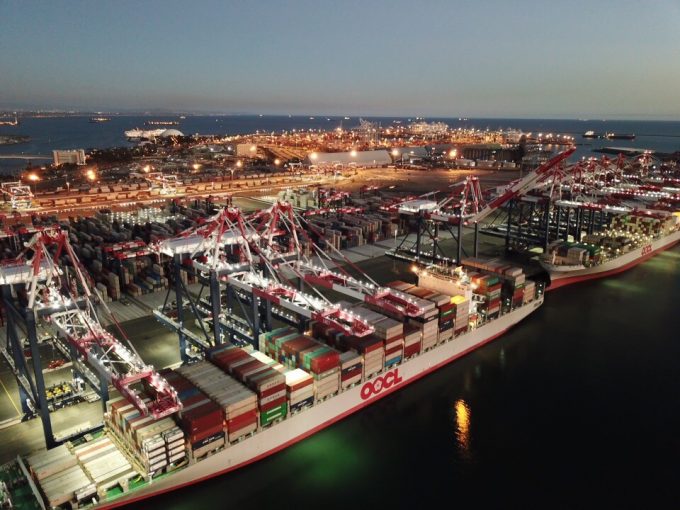Pre-tariff rush of goods from US to China sees air rates soar, but not for long
Beijing’s decision to impose higher tariffs on US goods has led to a rush of ...

Shipper and forwarders planning their container shipment bookings for the third quarter can expect a new wave of blanking announcements over the next two-to-three weeks.
While the second quarter of the year was characterised by a wave of cancelled sailings, there have, so far, been relatively few announced for the third quarter, according to eeSea data.
During July, there are some 235 headhaul sailings scheduled for the Asia-North Europe and transpacific trades, with just five blanked so far. In comparison, May saw 245 ...
Asia-USEC shippers to lose 42% capacity in a surge of blanked sailings
USTR fees will lead to 'complete destabilisation' of container shipping alliances
Outlook for container shipping 'more uncertain now than at the onset of Covid'
New USTR port fees threaten shipping and global supply chains, says Cosco
Transpac container service closures mount
DHL Express suspends non-de minimis B2C parcels to US consumers
Zim ordered to pay Samsung $3.7m for 'wrongful' D&D charges
Flexport lawsuit an 'undifferentiated mass of gibberish', claims Freightmate
Uncertainty over US tariffs sparks interest in bonded warehouses for imports
Cancelled voyages take the sting out of spot rate declines this week
Shippers warned: don't under-value US exports to avoid tariffs – 'CBP will catch you'
Blanked sailings in response to falling demand 'just a stop-gap solution'


Comment on this article
Gary Ferrulli
May 26, 2020 at 4:33 pmThe headline is like stating the date, it’s pretty obvious. If carriers lower their rates they will lose money. The $23. Billion is a very speculative amount, but reflects about what they lost in 2009. But their actions of the last 18-20 months of managing capacity to the markets has kept them from loosing huge amounts, some well managed companies making money, others (usually government affiliated) losing.
If that process remains in place, as an industry they are likely to make money. It comes down to management decision making.